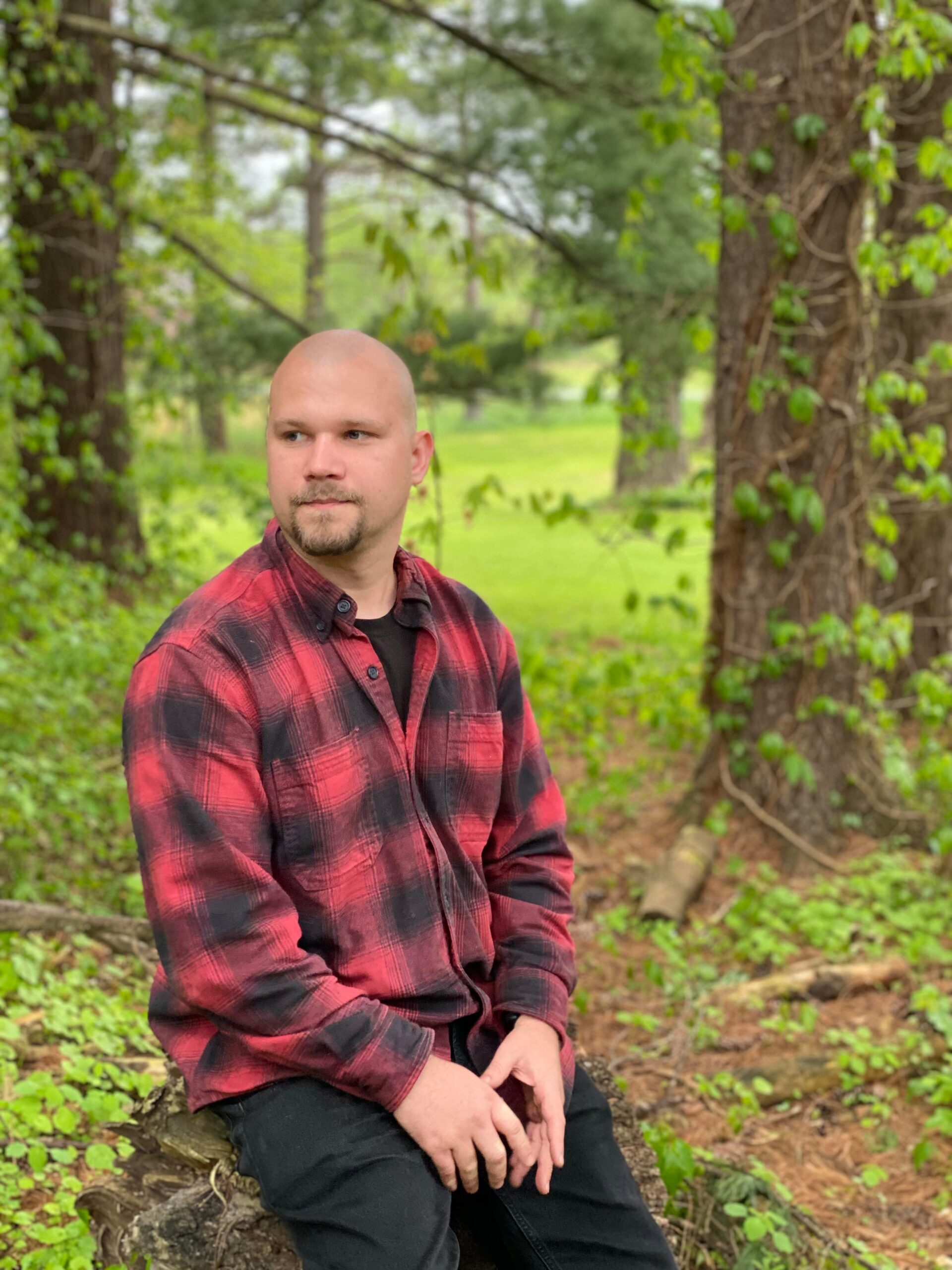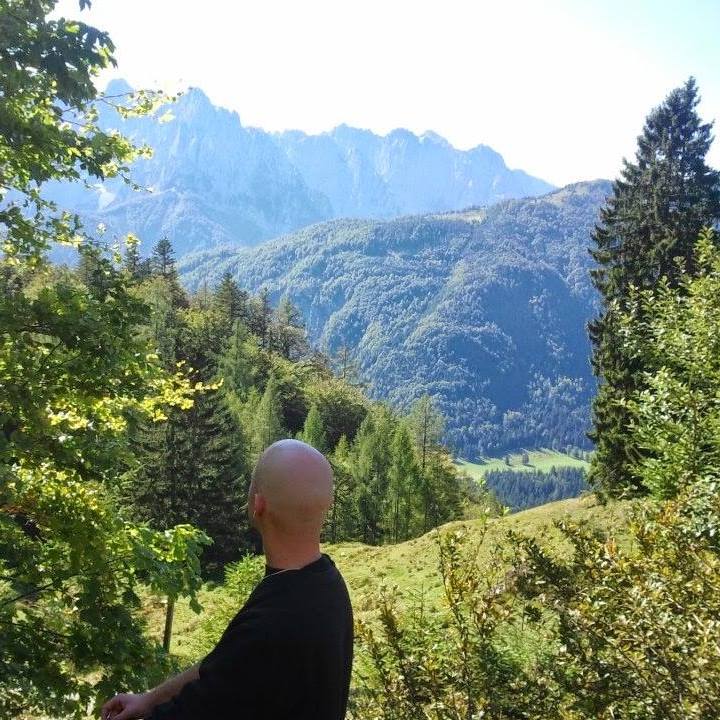Welcome to Hexenkunde!

My name is Kevin Schuster.
I'm a husband, married for 10 years, and a father to my son and daughter and we live on a 10-acre farm surrounded by woods and fields.
There are many reasons and experiences that have led up to the founding of Hexenkunde.
Born and raised near Augsburg, Germany, in Bavarian-Swabia.
It would be difficult for me to find out what exactly led me on this path of study and research but I have a few guesses.
For instance, my father had Haflinger horses and when I was about 5 years old he leased the rights to use the barn and stables on someone else's property. This property is a medieval castle-site, called Burg Markt which lies north of Augsburg. I often was wandering around there endlessly while my parents trained the horses for horseback-riding. It enchanted me at an early age. I am not sure if the seed to look deep into the cultural and historical aspects of past cultures and peoples was planted there but it certainly left an impression on me.
Just a little west from there were my Grandmother's favorite mushroom-hunting woods. We’d go there every year. In the middle of these woods are several Celtic sites. These woods were my childhood playground so to speak.
Farming friends of my father who owned land would very often find remnants of Roman pottery and coins, or even older flints from the Mesolithic period on their land. When I was quite young I’d be allowed to walk on their acreage for instance during days when hay was harvested for livestock. I’d always look into the plowed soil… looking for coins, pottery, whatever I could find.


As I'm from the Swabian region of Bavaria (west of the Lech River) and a native Dialect speaker, I’d notice terms and words we use on a regular basis that have a folkloric or mythical background. Often they were quite normal terms, for instance for plants and herbs.
Growing up there, I also came across many Carnival masquerades throughout the year, particularly around spring-time, which is called Fasnacht or Fasnet in some Swabian parts.
Overall, Bavaria has a lot of customs and traditions that have left a lasting and deep mark on my mind, be it the Klausentreiben masquerades, the Buttnmandl & Krampuslauf, the Wolfauslassen tradition in lower Bavaria, the Funkenfeuer fires, or the Rübengeister-tradition which is quite close to what is going on in Ireland at the end of summer.
Other traditions in the region include last sheaf customs, i.e., a mythical character made out of straw and other crop harvest, that scholars such as Wilhelm Mannhardt, James Frazer have written about in great detail.
Many of these traditions, customs and their associated folklore have pre-Christian roots, aspects and/or surviving remnants of an older cosmology. But you won’t hear about it. Not in school, not on the radio, not on TV.
As is the case with many of these traditions, this region has several folktales & local myths about these processions, many of them involving a myth called The Wild Hunt (Wilde Jagd), led by a mythological figure called Perchta and her husband Berchthold. For instance, there was a custom where the barns had to be cleansed with incense during said mythological Hunt.
However, as I grew up in Bavaria and as I went to school there was always an emphasis on the three world religions. Yes, we had to read the bible in school. No exceptions. Religious class was mandatory and I also had to go to Church. I found it quite odd that we never discussed the cultures and religious aspects that were associated with sites nearby. They were literally within walking distance. Never. It was as though they didn’t exist and the emphasis was mostly the period (and after) when the Roman Empire adopted Christianity as state religion. That Bavaria is historically and culturally Christian was constantly on-repeat while going to school.
I believe that this gap between me seeing these sites, traditions, customs... and the way it was handled by the education system and the people around me (i.e., as non-existent) is what fueled my passion and interest ever since I was 14 years old and I am 34 years old now.
I'd become interested in folklore and mythology at a young age but it was an odd kind of interest for people around me, including friends at school, teachers and family would raise eyebrows. I even had a teacher - a pastor - coming up to me for a private talk in school. He saw one of the books I carried with me. He urged me to not look into these things.
However, when I discovered the vast wealth and richness of literature on these subjects, I felt as though I had found what I was looking for.
By the age of 14-16, I'd read the classic works by J. Grimm, Wilhelm Mannhardt, M. Andree-Eysn and other early folklorists. But little did I know how deep the rabbit-hole of the scientific literature on pre-Christian cosmologies, rituals and myths really is - and how many venues of research there are. And I also had really no one to ask for guidance on literature, either.
Over the years, I've continuously read academic books, studies and research papers by journals in multiple languages, including German, English and in Swedish. The interest and passion never went away but I never knew what to do with it.
Hexenkunde is the result of more than a decade of in-depth study and dedication to investigating academic literature regarding these subjects and this will continue to be so indefinitely.
